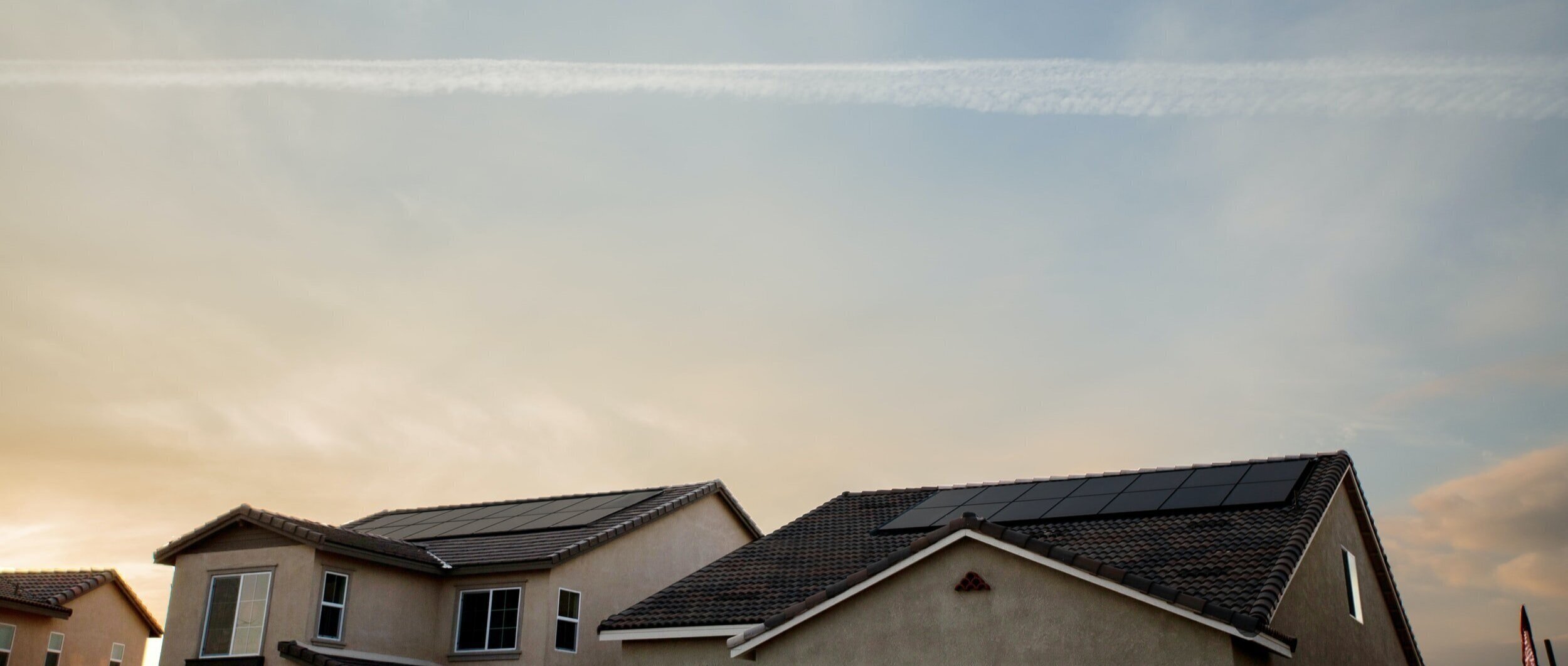
How Solar Works
Photovoltaic is the term used to describe the conversion of solar radiation into electricity.
Photovoltaic is derived from the Greek words: photo - ‘phos’, meaning light and ‘volt’, which refers to electricity. In simple terms, Photovoltaic means light-electricity.
1. When the sun’s rays hit the Solar Panels, the PV cells absorb the sunlight, converting it into electricity via a process called the Photoelectric Effect.
2. This results in the Solar Panels producing electricity called Direct Current (DC), which is then converted into Alternating Current (AC) via the Inverter.
3. The AC electricity is directed to the Switchboard, which connects it with your appliances, subsequently powering your home.
4. Once the sun sets or on days when there is not enough sunlight to produce the required amount of electricity for your home, the Switchboard reverts to drawing electricity from the power grid.
However, on days when your Solar System produces more power than is required, the excess electricity is exported to the grid. The amount of solar power exported to the grid is measured by a Utility Meter.
This excess solar energy can earn you credits on your electricity bill and save you money. This is known as the Feed-in-Tariff (FiT), which is a government scheme aimed to compensate customers for excess solar power exported to the grid.
Contact your electricity retailer to find out what plan they will offer, including FiT rate, once you’ve got your system up and running. Note that higher FiT rates often mean the retailer will charge you more somewhere else on your bill and likely offer less discount. It is wise to shop around for the best deal, but you can also contact us for unbiased advice.
5. The Solar System will run automatically, switching between the solar power it produces and the grid. You can monitor your Solar System’s data (energy produced, energy used, energy exported etc) from your Inverter. Many inverters now feature wireless connectivity and online monitoring, meaning you can access this data remotely from your smart phone, tablet or computer.

